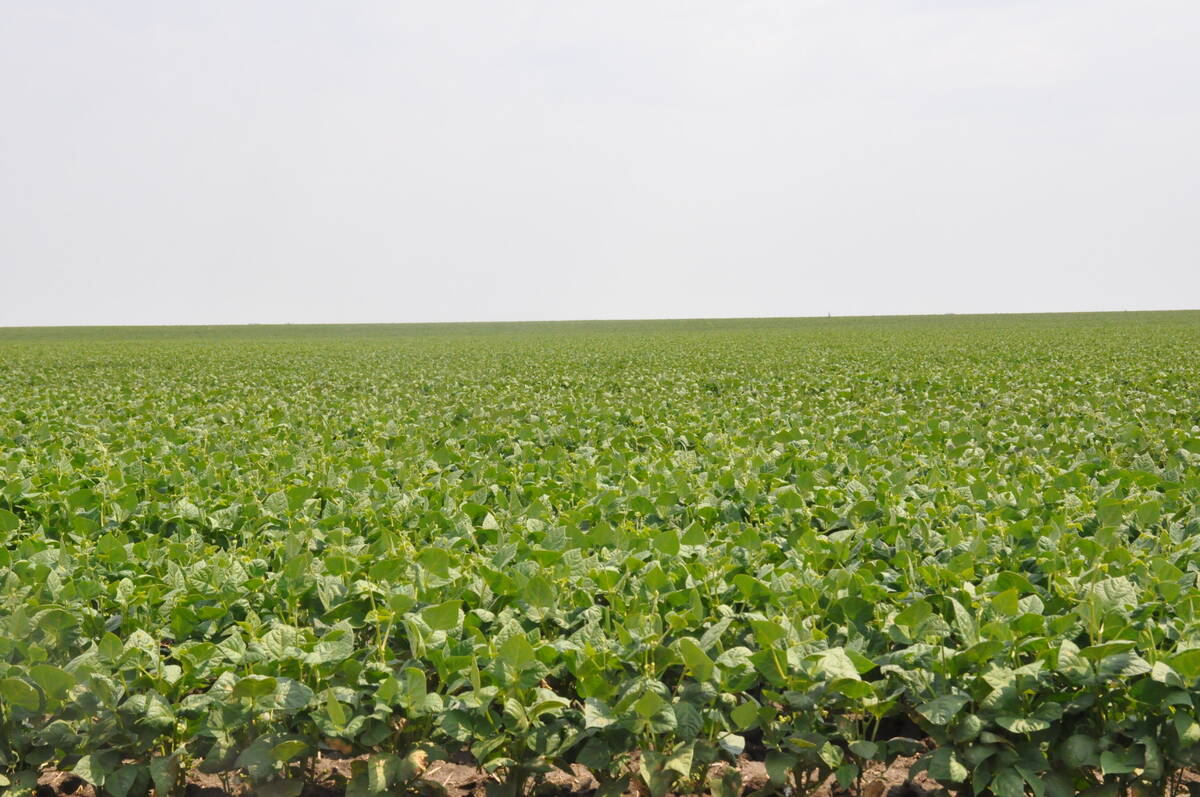On my globe the easiest way to get from the Prairies to Mexico is straight south.
When I lay out North American railway maps, sending grains, meat and other agricultural goods south to Mexico, and Mexican goods north to Canada, seems like an obviously good trade route.
And in the light of the nightmare container shipping situation off the West Coast, going overland by rail rather than the usual rail-port-ship-port-truck route seems like a great option. If more Canadian exports could go to nearby Mexico rather than over the clogged seas to Asia, Canadian farmers might have fewer logistical issues.
Read Also

Coloured bean production down, whites are up
Bean prices have been slumping and the outlook is for more of the same.
Add to all those observations the fact that Canadian Pacific Railway is almost certain to take over Kansas City Southern railway next year, creating a seemingly seamless Canada-to-Mexico rail route, and one can have reasonable hopes that overland agriculture trade can take a giant leap forward.
But while there’s lots of potential, as I heard during the Fields on Wheels conference Dec. 14, there are also many challenges.
For example, there’s a place called the United States that lies between Canada and Mexico. A lot of agricultural products Canada sells are also produced in the U.S. Most places in the U.S. are closer to Mexico than Western Canada is, and much of the Midwest and northern Great Plains are close to the CP-KCS lines that go to Mexico.
Trying to boost sales of products U.S. farmers also produce will always have to contend with that factor. The advantages brought by a CP-KCS combination are also shared by farmers in Illinois, Minnesota and the Dakotas.
The rail merger should create more desire from the railway to ship more goods north and south, now that it’ll be easier and more lucrative to administer within one company, but Canadian products won’t necessarily be the first source for southward movement.
When it comes to shipping agriculture goods north to Canada from Mexico, there are lots of challenges there too. Some involve the U.S., such as the fact that the U.S. restricts movement of foreign fruits and vegetables in the name of protecting its farmers in California and Florida from plant diseases. That’s probably one reason you see relatively few fresh fruits and vegetables from Mexico in grocery stores, even when there are weather problems in California and Florida.
But another problem is Mexico-based. The country does not have a good system of refrigerated storage for highly perishable goods such as fruits and vegetables. Without the ability to keep products cool, perishable trade by railway is a tough proposition. Mexican exporters and logistics experts hope to see the country boost its cold storage system, but that can’t be done quickly or cheaply.
Another problem is the Mexican rail system. Many parts of Mexico do not have good rail connections to other parts of the country. That can make it easier to receive imports and ship exports by sea from ports with poor rail connections. Trucks do much of the agricultural transportation in Mexico, something encouraged by the proximity of so much of the country to the oceans. Nowhere in Mexico is as far from the west and east coasts of North America as most of the Prairies are. Why not continue to import and export truck-shipped goods through the country’s ports, when building new and improved rail lines is such a daunting process.
There are plans and hopes to build up the Mexican rail network for improved future import-export trade down the spine of North America. One audacious proposal is the “TMEC Corridor,” which was described during Fields on Wheels.
No doubt CP will be looking to increase traffic and trade along its integrated route, rather than just improve the efficiency of current operations. The company will be keen on anything that builds up the demand for rail transportation along its Canada-U.S.-Mexico route.
Any increase in internal continental trade will help Canada and Canadian farmers because that should lower all three countries’ need for overseas exports.
But it’s unlikely that we’ll see any quick or major surge in Canadian agricultural trade by rail to Mexico.
In the real world of logistics, markets and economics, things aren’t as simple as they seem on maps and globes.
ed.white@producer.com















